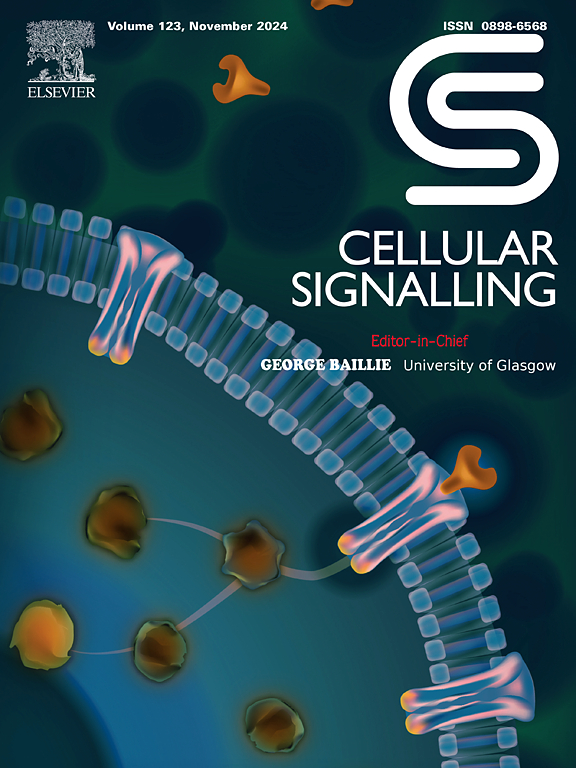Non-coding RNAs as mediators of epithelial to mesenchymal transition in metastatic colorectal cancers
IF 4.4
2区 生物学
Q2 CELL BIOLOGY
引用次数: 0
Abstract
Colorectal cancer (CRC) remains a leading cause of cancer-related mortality globally, necessitating the development of innovative treatment strategies. Recent research has underscored the significant role of non-coding RNAs (ncRNAs) in CRC pathogenesis, offering new avenues for diagnosis and therapy. In this review, we delve into the intricate roles of various ncRNAs, including microRNAs (miRNAs), long non-coding RNAs (lncRNAs), and circular RNAs (circRNAs), in CRC progression, epithelial-mesenchymal transition (EMT), metastasis, and drug resistance. We highlight the interaction of these ncRNAs with and regulation of key signaling pathways, such as Wnt/β-catenin, Notch, JAK-STAT, EGFR, and TGF-β, and the functional relevance of these interactions in CRC progression. Additionally, the review highlights the emerging applications of nanotechnology in enhancing the delivery and efficacy of ncRNA-based therapeutics, which could address existing challenges related to specificity and side effects. Future research directions, including advanced diagnostic tools, targeted therapeutics, strategies to overcome drug resistance, and the integration of personalized medicine approaches are discussed. Integrating nanotechnology with a deeper understanding of CRC biology offers the potential for more effective, targeted, and personalized strategies, though further research is essential to validate these approaches.
求助全文
约1分钟内获得全文
求助全文
来源期刊

Cellular signalling
生物-细胞生物学
CiteScore
8.40
自引率
0.00%
发文量
250
审稿时长
27 days
期刊介绍:
Cellular Signalling publishes original research describing fundamental and clinical findings on the mechanisms, actions and structural components of cellular signalling systems in vitro and in vivo.
Cellular Signalling aims at full length research papers defining signalling systems ranging from microorganisms to cells, tissues and higher organisms.
 求助内容:
求助内容: 应助结果提醒方式:
应助结果提醒方式:


